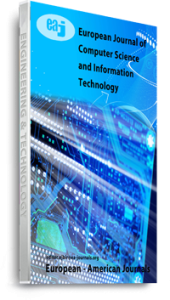The context of Understanding has continued to be a major attraction to researchers in Natural Language Processing. This is built on the theory that language can be used effectively if it is understood and can be analyzed and as such, most Natural Language Processing research tend towards the belief that the human brain has a section dedicated for language analysis and understanding therefore, human ambiguity which, remains the major difference between natural and computer languages, can be modeled using appropriate man machine modeling tools since programming languages are designed to be unambiguous, that is, they can be defined by a grammar that produces a unique parse for each sentence in the language. The paper evaluates the classification process for a Natural language ‘the Yoruba language’ and presents a new method by which the language can be transformed into a computer understandable language using its morphological identification framework. Result shows that the approach is admissibly in line with known benchmarks. The paper recommends that non tonal language can also be experimented using the defined approach.
Keywords: Model, Morphology, Natural language, Tonal Language, Yoruba

